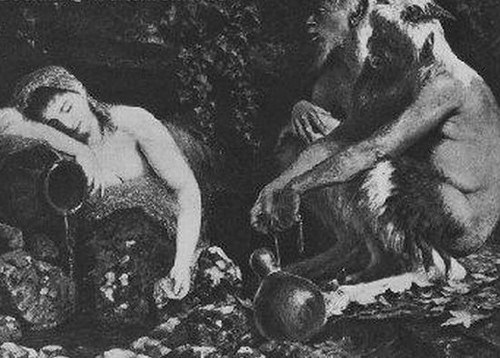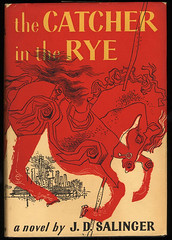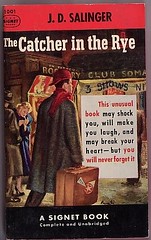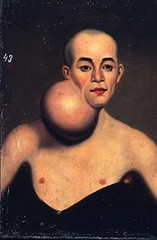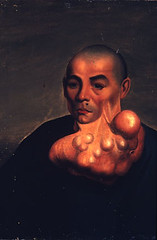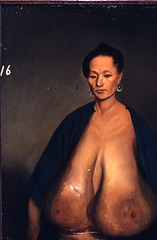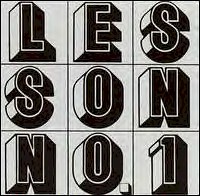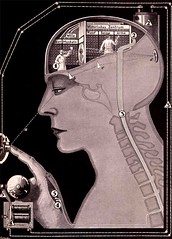Charles Darwin @200

Contemporary satirical drawing of Darwin
It is my fashion to view people’s careers in terms of their controversies and their influences outside of their own fields.
Darwin’s claim to fame in this context is that he said we are of common descent with “apes.”
Charles Robert Darwin (February 12, 1809 – April 19, 1882) was an eminent English naturalist who achieved lasting fame with his 1859 book On the Origin of Species which established evolution by common descent as the dominant scientific explanation of diversification in nature.
Influence on Naturalism
Writers who belong to the 19th century literary school of Naturalism were influenced by the evolution theory of Charles Darwin. They believed that one’s heredity and social environment decide one’s character. Naturalism attempts to determine “scientifically” the underlying forces (i.e. the environment or heredity) influencing these subjects’ actions. In fact, Zola wrote a long essay in which he mentioned Darwin in relation to contemporary literature. The essay was called The Experimental Novel and described the process of writing a novel as an experiment, in which the writer introduces “characters”, and the outcome is determined by heredity and mileu.
He wrote:
- Sans me risquer à formuler des lois, j’estime que la question d’hérédité a une grande influence dans les manifestations intellectuelles et passionnelles de l’homme. Je donne aussi une importance considérable au milieu. Il faudrait sur la méthode aborder les théories de Darwin; mais ceci n’est qu’une étude générale expérimentale appliquée au roman, et je me perdrais, si je voulais entrer dans les détails.
If I remember correctly, Naturalism in literature shares its etymological roots with the Natural Sciences, of which Darwin was a practitioner.
Also, one-time-Naturalist-turned-decadent Huysmans‘s in Against the Grain has his alter ego Des Esseintes praise the “evolution of language so rightly insisted on by Darwin“. But that book appalled Zola, who felt it had dealt a “terrible blow” to Naturalism.
Influence on Bergson
Henri Bergson was highly influenced by biology, particularly Charles Darwin‘s On the Origin of Species, which was released the year of Bergson’s birth. This leads Bergson to discuss the ‘Body’ and ‘Self’ in detail, arguably prompting the fundamental ontological and epistemological questions to be raised later in the twentieth-century French philosophy.
Related subjects
To say that Darwin has been influential is an understatement. His name has been linked to other controversial issues such as degeneration, social hygiene, color terminology for race, and social Darwinism, as well as the notion of the survival of the fittest.
See reaction to Darwin’s theory






















